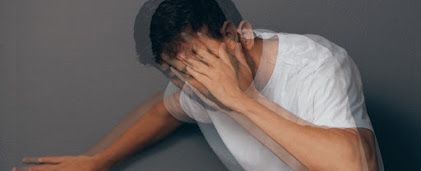Ever Wondered how the heart never gets tired?
Ever Wondered how the heart never gets tired?
Two reasons are broadly known by everyone about muscle fatigue. The formation of lactic acid and running out of energy is often blamed. But these factors alone do not explain the whole story.
Muscle contractions are controlled by neurons, motor neurons to be specific. The brain's command is carried to the muscles as an electrical impulse through neurons and transmitted to the muscle. There is a small gap between the nerve endings and the muscles and the exchange of particles across this gap initiates muscle contraction. The muscle cells membrane are lined by sodium ions on the outside and potassium ions on the inside. The release of a neurotransmitter called acetylcholine opens pores on the muscle cells that enables the exchange of these ions at the membrane. This change in charge creates an 'action potential' that spread throughout the muscle causing the release of calcium from the muscle. The presence of abundant calcium makes the fibers of the muscle get closer to each other thus causing the contraction. This contraction is aided by ATP molecules(energy). ATP also helps in moving the sodium and potassium ions back to their original sides resetting the balance. This is what happens every time a muscle contracts.
As muscle contractions keep happening over and over, ATP molecules get used up, and lactic acid is formed as oxygen levels go down in the muscle. Along with that, the electrolyte ions drift away from the muscle. Even though ATP is lost, ATP is also being generated simultaneously. Since there is a deficiency of ions at the membrane, the reset of the muscle is not done accurately. So when the next impulse arrives from the brain, the muscle cell can't generate the action potential necessary to contract. This is what makes the muscles close immovable as you reach the 3rd or 4th repetition of the workout. But over time, the ions from other regions of the body will flow to the area with less concentration.Now coming to the heart, the heart might be a muscle but is not made of the same type of muscle that is found in other parts of the body. The heart is built up by the cardiac muscles. Heart muscles are involuntary, i.e., you cannot control the movement of this muscle. Heart muscles unlike skeletal muscles, contract and relax with the control of pacemaker cells. Electrical impulses to the pacemaker cells control contractions, at the same time, also have the power to speed up or slow down the heart rate.
For the heart to keep contracting and relaxing, it needs the impulse to the pacemaker, energy and constant blood supply. Impulses will be constant from the autonomic nervous system (involuntary). Blood supply to the heart is received from the coronary arteries. Coronary arteries wrap around the heart and supply blood to the cardiac muscles. The major difference in cardiac muscles is that these muscles consist of close to 30-35% of mitochondria. This compared to the 5-10% in other muscles means that there is no drought for energy in these cells. This means that the heart doesn't get tired.Causes that make the heart stop such as heart attack and cardiac arrest are restricted blood flow and malfunction of electric impulses respectively. These conditions do not instantly mean that the heart wants to rest or wants to stop working. It is just that one of the conditions for the working of the muscle has been cut off.





Very useful blog. Good.
ReplyDeleteVery informative... good one...thank you...
ReplyDelete